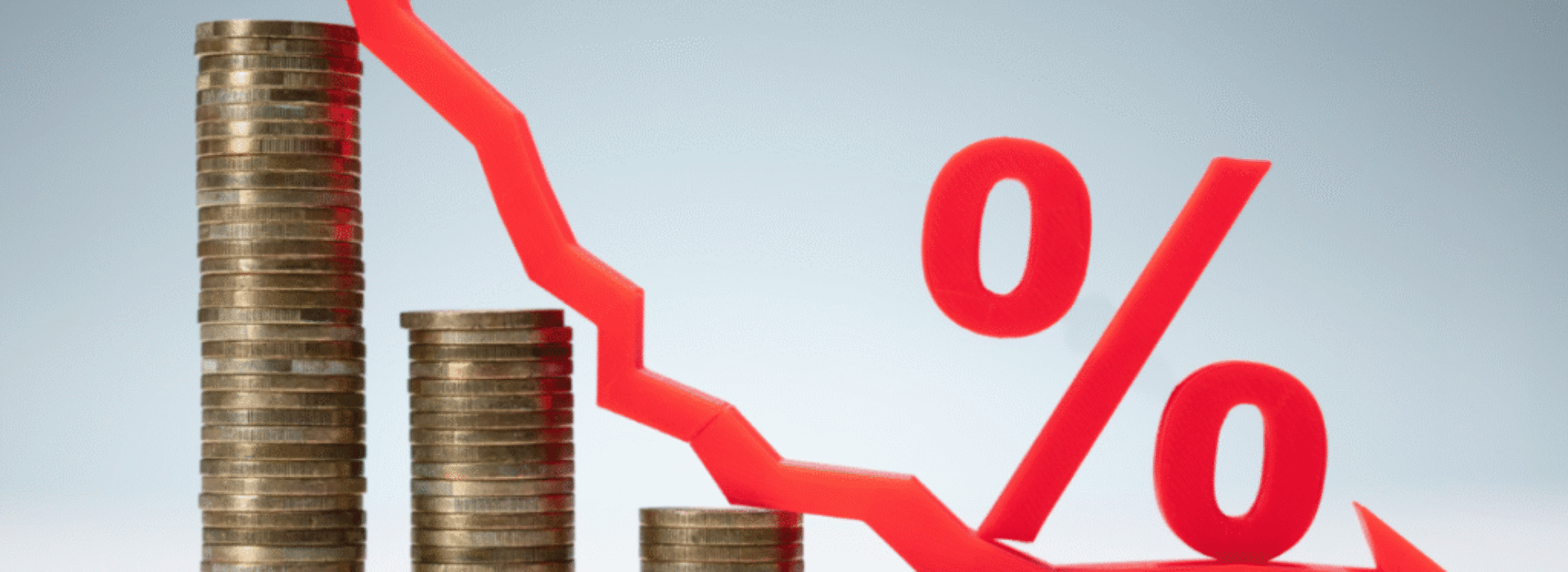U.S Rate Cut Sets Off Positive Ripples in Dubai’s Real Estate Market
In late September 2025, the U.S. Federal Reserve reduced its benchmark interest rate by 0.25%—its first cut of the year. Because the UAE dirham is pegged to the U.S. dollar, the Central Bank of the UAE (CBUAE) immediately followed suit, trimming its base rate from 4.40% to 4.15%. Though recent, this move has already stirred optimism in Dubai’s property sector. With borrowing costs now slightly lower, discussions among investors and homebuyers are turning toward affordability, opportunity, and the potential for a new wave of real estate growth.
Why the UAE Mirrors U.S. Rate Decisions
The UAE’s monetary policy is closely linked to that of the United States due to the long-standing dirham–dollar peg. Any rate change by the Federal Reserve typically prompts a matching adjustment by the CBUAE to preserve currency stability and prevent capital imbalances. By cutting rates, the CBUAE ensures that domestic credit conditions remain attractive for both consumers and businesses.
For real estate, this alignment translates into more affordable mortgage financing, reduced monthly payments for homeowners, and an expanded pool of qualified buyers.
Market Overview: Insights from DXB Interact
While it’s too early to gauge the full effect of the recent rate cut, DXB Interact’s data shows that Dubai entered this period with strong momentum. The first half of 2025 recorded record-breaking sales and mortgage activity—demonstrating a robust foundation even before the rate reduction.
According to the DXB Interact Mid-Year 2025 Report:
- Property transaction volumes rose 22.5% compared to H1 2024.
- Total sales value increased by 40.1%, reflecting sustained confidence from both investors and end-users.
- Mortgage activity climbed 38%, highlighting a growing appetite for leveraged purchases.
- April and May 2025 each exceeded AED 60 billion in sales—setting new monthly records for Dubai’s property market.
Together, these figures underscore the market’s resilience and liquidity, positioning it to benefit further from cheaper financing.
How Lower Interest Rates Influence Real Estate
1. More Affordable Mortgages A 0.25% reduction might seem minimal, but the savings accumulate over time. For instance, a 25-year mortgage of AED 2 million at 4% interest costs about AED 10,567 per month. Lowering the rate to 3.75% reduces the payment by nearly AED 300 monthly—equivalent to roughly AED 90,000 over the loan term.
2. Increased Borrowing Capacity Lower rates mean higher loan eligibility. Buyers who previously qualified for AED 1.8 million can now access around AED 2 million, allowing for upgrades to larger homes or prime locations.
3. Better Opportunities for First-Time Buyers First-time buyers tend to be most sensitive to rate changes. Even small reductions in monthly mortgage costs can make ownership feasible. Combined with flexible developer payment plans and long-term market confidence, this group could see significant growth in 2026.
4. Relief for Renters Rents across Dubai have surged in recent years, pressuring household budgets. As mortgages become more affordable, many tenants may find buying comparable—or even cheaper—than renting. This shift could gradually reduce rental demand while bolstering the ownership market.
Outlook: A Well-Timed Boost for a Strong Market
Dubai’s real estate sector entered this cycle from a position of strength—supported by population growth, investor confidence, and government initiatives like the Golden Visa program. The recent rate cut adds another tailwind.
- For buyers, it means lower payments and greater purchasing power.
- For tenants, it opens the door to homeownership.
- For developers and agents, it signals a potential surge in demand across multiple price segments.
While a single rate cut won’t transform the market overnight, it reinforces Dubai’s reputation as a stable, opportunity-rich global property hub. Over the coming quarters, the key question will be how fast this monetary easing converts into real activity—but the direction is already clear: cheaper financing, stronger confidence, and continued growth.




